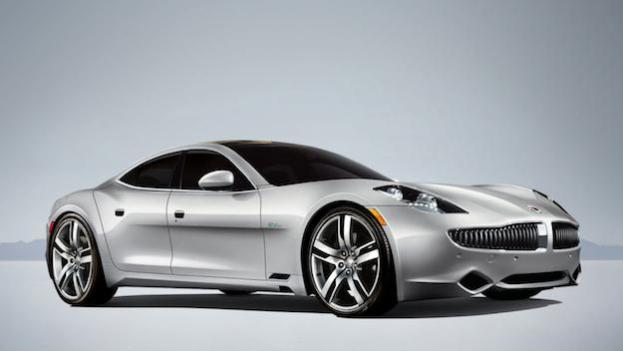
Recently, a story began to circulate around the web that a mysterious company calling itself Hybrid Support Solutions (HSS) had been sending unsolicited emails out to Fisker Karma owners asking for nearly $4000.
For that subscription money, HSS claimed, owners would buy into a ‘subscription’ with the HSS team comprising the original Fisker support system. Some owners showed interest in the deal while other balked assuming HSS was a scam.
We contacted HSS through its finicky webpage and found that while the HSS subscription might not immediately pass the smell test, it’s well intentioned. To explain, we’ll have to go back a few months.
When Fisker furloughed its workforce, many of its former employees found work elsewhere. A select few – ten to be exact – held back from the job search realizing that there might still be work to be had supporting the some 2200 Fisker Karmas rolling around the planet.
Hybrid Support Solutions was born.
Composed of former Fisker engineers, parts suppliers, and technicians, HSS aimed to pick up where Fisker abruptly left off.
“As it, stands no one is honoring Fisker warranties,” said John Walden, HSS co-founder. “Without us, no Karma owner is going to get their car fixed.”
For just shy of a $4,000 subscription fee, Karma owners will be able to access the wealth of knowledge within the computers and minds of the men at HSS. “Fisker’s documentation was deplorable. A lot of essential information about the Karma only exists inside our engineers heads,” Walden added.
When owners buy into the HSS subscription program, they receive support across a whole host of realms from online or phone step-by-step diagnosis and repair instructions to hands-on repairs of leaky battery packs (we’ll touch on that in a minute).
Walden and his team aim to create a tablet-based scan-tool app, which they wager will alone cost $2 million to create, the use of which would be included with in the aforementioned subscription fee.
Additionally, while parts won’t be free with the subscription, Walden plans to have aftermarket parts built from original spec and sell them to subscribing owners at dealer cost.
There are former factory Fisker technicians willing to travel around the country to fix one Karma at a time. Without a parts supply, like that of HSS, they can only do so much.
Walden figures owners will easily spend another $25,000 keeping their Karma on the road in parts alone – far more if they try to go it alone, without the help of HSS.
Where will the bulk of that $25,000 ballpark estimate go? Most likely into as-of-yet unknown problems. A good chunk will go into fixing the leaky batteries.
According to Walden, 96 percent of the Karmas on the planet have faulty battery packs. Supplied from A123 systems, the highly specialized lithium-ion battery packs leak prismatic fluid. “When the battery finally gives out, they’ll be driving down the road and their car will go from 50-percent charge to suddenly dead,” Walden explained.
When A123 Systems originally realized it had sold faulty batteries, long before Fisker went belly up, A123 turned to the Federal Government for additional money to implement fixes. It set aside the $55-million it had been loaned by the Fed and only fixed some 100 faulty Karma battery packs.
After several months of stalled repairs by A123, Fisker sued A123 for $47-million in damages and $92-million in lost manufacturing opportunities. A judge threw out the $92-million suit and a company called Core Opportunities bought the $47-million suit from Fisker for $10-million. Core Opportunities then settled with A123 for $15-million.
All the while, 2100 Fisker Karmas hit the market with fatally flawed batteries.
“You can buy a replacement Karma battery pack on the open market right now for $20,000. I guarantee you it’s a bad one, though. We (HSS) plan to fix battery packs for our subscribers for around $8,000,” Walden said.
Ultimately, Hybrid Support Solutions doesn’t appear to be the scam some accused it of being. It might have come at the market in a confusing and seemingly duplicitous manner, but HSS seems to have Fisker Karma buyers’ best interests at heart.
It seems that Fisker Karma owners are stuck between a rock and a hard place. They can either write off their $100,000 plug-in electric luxury sedan and park it – or scrap it. Or they can try to get it fixed, either through HSS or from some other third-party repairman.
Even though HSS has a strong game plan, nothing is set yet in stone as Fisker has not officially gone bankrupt and several parties are interested in buying what’s left of the defunct automaker. There’s also no telling that Wanxiang, the new owner of A123 Systems – now somewhat ironically called “B456 Systems – will support HSS with new battery parts.
“If Li, the Chinese billionaire who is reportedly looking to buy the remnants of Fisker, gets the company, few of us will go back,” Walden said. “And if Henrik Fisker joins him, no one will go back. Li can have the company if he wants, but he won’t get the brains and the knowledge that made Fisker.”


